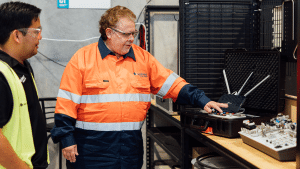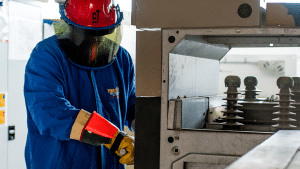We are preparing to launch our Hazardous Areas Classification and Design course in New Zealand. An advanced course, intended for technicians, engineers and senior engineers involved with the design of electrical installations in hazardous areas and in area classification, this course is delivered to AS/NZS 4761.1:2008. Our first course will be running in New Plymouth in late March.
The course will cover hazardous area classification procedures and techniques for both gas/vapour installations and for combustible dusts, including the proper methods for documenting the classification. Design topics include protection techniques, equipment selection, earthing requirements, Ex i entity calculations, Ex e motor protection and cable de-rating requirements, maximum dissipated power calculations and general design principles. Participants complete several classification and design tasks using real world input data over the course of the five days.
This course has been run in Australia for a number of years and is gaining popularity in New Zealand. As per AS/NZS60079.14 competency of personal is required and the Standard states the following; “the design of the installation, the selection of equipment and the erection covered by this Standard shall be carried out only by persons whose training has included instruction on the various types of protection and installation practices, relevant rules and regulations and on the general principles of area classification. The competency of the person shall be relevant to the type of work to be undertaken. Appropriate continuing education or training shall be undertaken by personnel on a regular basis.”
This course can not only cover your regulatory responsibilities, but will ensure that you and your staff are competent and safe. The course material gives engineers real work examples through the delivered material so they can confidently design and classify hazardous areas in Gas and Dusts in New Zealand and Australia.
To find out more information or enrol now, contact us.




